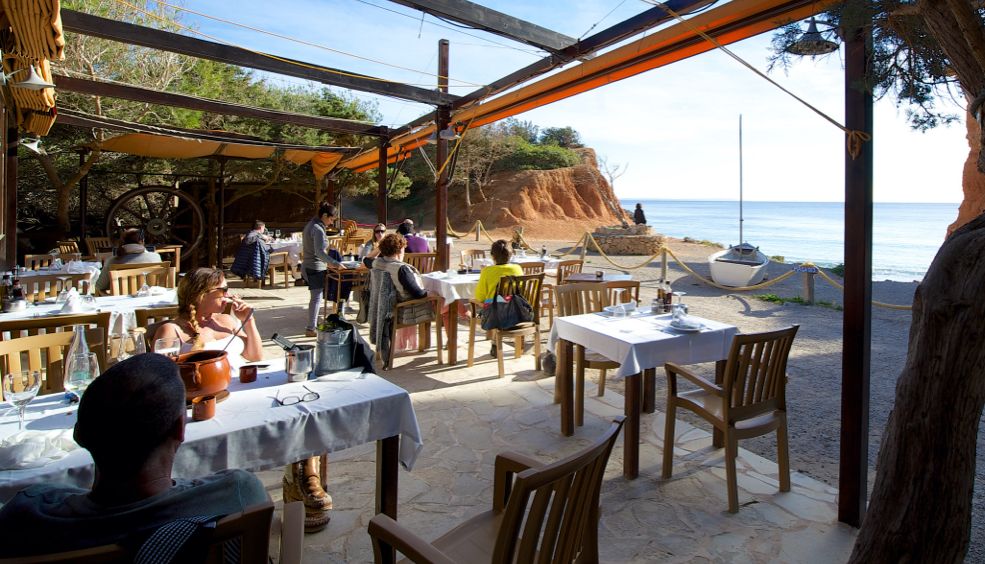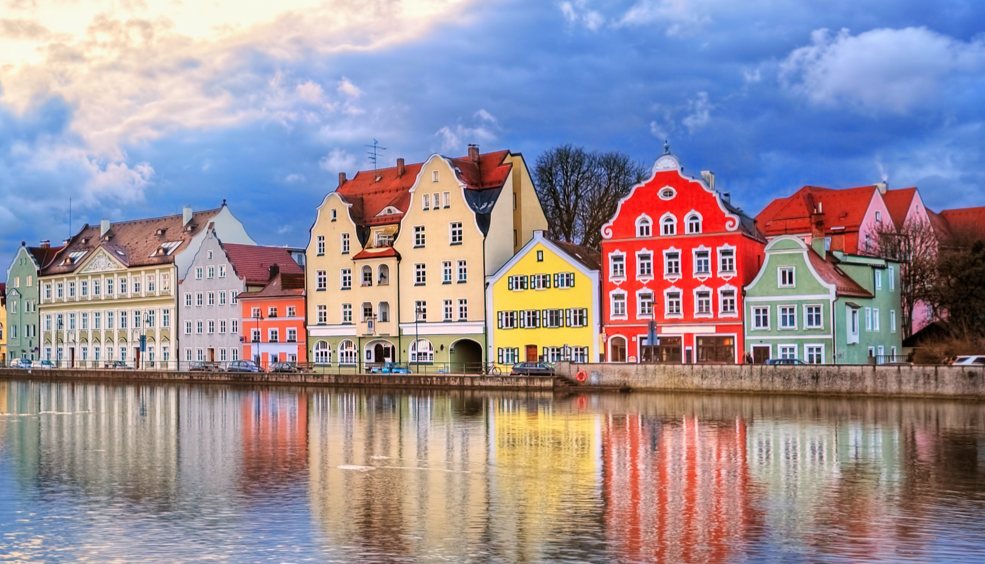10 Titbits About the Oasis Concert at Knebworth
Knebworth is no more than a village in the north of Hertfordshire, just over a half an hour’s train ride from central London. The original village, known as Old Knebworth, grew up around Knebworth House, a large Tudor country house with a Neogothic facade and a priceless Jacobean banquet hall. The new Knebworth village sprang up in the 19th century one mile east of Old Knebworth, alongside the train station and A1 motorway. But, it was from the 1970s onwards that the village came into the limelight owing to the mass concerts held there. The first groups to draw tens of thousands of fans to the spot were Led Zeppelin, Pink Floyd and The Rolling Stones. And, in the 80s and 90s, the venue hosted events in the form of a festival, featuring such bands as Genesis, Dire Straits, Eric Clapton and Elton John.
But, pride of place goes to Oasis, who in two nights drew a crowd of no fewer than a quarter of a million people. Britain or, indeed, the whole world, had been bitten by the Oasis bug. There had been nothing like it since the advent of The Beatles. The group’s managers realised they were on to a good thing and decided to expose their proteges to as large an audience as possible. And where better to hold the festival than grounds well connected to the City? Thus, in the evening of 10 August 1996, the members of Oasis landed in their helicopter with a flabbergasted look on their faces. We recommend you see the documentary, “Supersonic”, by Mat Whitecross, which recently premiered in Spain during the last edition of In-Edit. The film tells the story of the band as seen through the eyes of its lead members, Liam and Noel Gallagher, covering the period running from their beginnings until the moment these two macro-concerts were held. But, apart from breaking all records, what else took place during those 48 hours? Here are 10 curious titbits that you were probably unaware of.
1. Two and a half million people applied for tickets
Over four per cent of the population of England applied for tickets to see Oasis at Knebworth, the largest ever demand for concert tickets in British history. Some 250,000 fans actually saw the band on those two nights – another record – but, incredibly, Oasis could have sold another 18 shows at Knebworth.
2. 7,000 people are thought to have been on the guest list
This figure has proved impossible to verify, although it is known to run into the thousands. But, what is really striking are the eye-witness accounts, which paint a picture of unimaginable indulgence backstage. A huge marquee was apparently full of bars, with well stocked bar counters. Drinks were on the house for both days and there were also free sweets and ice-creams. Additionally, a number of magicians and caricaturists were brought in to liven up the pre-concert wait.
3. 3,000 pro technicians were needed to organise the concert
No wonder, though, as the equipment included 11 loudspeaker towers set up increasingly further afield to make sure everyone would be able to hear Noel’s chords and Liam’s growling equally intensely.
4. The concerts had their own radio station for the occasion
Radio Supernova broadcast on 106.6 FM for a range of 20 miles. For the days it was on air, it blared out the Oasis signature tunes non-stop, followed by songs by the support bands. The station also broadcast information about the concert, accesses and transport to the grounds.
5. John Squire had the flu when guest player of “Champagne Supernova”
For many, a highlight of the night was when fellow Mancunian John Squire appeared on stage. The guitarist had split off from The Stone Roses just a couple of months before that and he showed up to sprinkle a touch of magic over the performances of “Champagne Supernova” and “I Am The Walrus”. A few days later, Noel Gallagher revealed to NME that he had been performing while under the effects of a severe bout of flu.
6. Oasis brand binoculars were handed out to all VIPs
A touch of irony, as the VIP area was the only vantage point from where the concert could be clearly seen without binoculars. But, to top it all, the Manchester boys had the visual aid of the largest video wall on earth at the time. Oh, well – who hasn’t been given some superfluous gift at some time in their lives? The Gallagher guests were not to be outdone.
7. The Charlatans supported Oasis just three weeks after the death of their keyboardist, Rob Collins
For The Charlatans, Knebworth was a bittersweet event. On the one hand, it acted as a launching pad for a band which was a standard-bearer of the early-nineties Madchester scene. But, on the other, they had to perform without their charismatic Rob Collins, who had died in a car crash three weeks earlier. An endearing moment came when Liam Gallagher dedicated the song “Cast No Shadow” to the fallen Charlatan.
8. Only 10 arrests were made during those two days
Which is quite surprising, given the huge number of festival-goers. How did they manage it? While it may seem unlikely to some, the fact is that Oasis fans are mostly law-abiding citizens.
9. Noel remembers nothing
As the saying went at the time, “If you can't remember anything about Britpop, it means you weren’t there”. And Noel’s recollection of that period is very sketchy. On occasion, he has even remarked that “even now, if I close my eyes, I can’t remember the moment I was on stage”.
10. One Oasis member thinks they should have split up immediately afterwards
“I always thought we should have retired after the second night at Knebworth”, said the guitarist Paul “Bonehead” Arthurs to The Guardian in 2009. In hindsight, it’s easy to draw the conclusion that Oasis would never better what they had achieved at Knebworth. But, who’s the brave guy that dares leave the group when it’s riding the crest of the wave? Bonehead finally quit in 1999 and became an ordinary person again.
Now you know a bit more about the legendary concert performed by Britain’s last great band. All that’s left is to discover the area where it all took place. Well, then, get “supersonic” and check out our flights here.
Text by Los Viajes de ISABELYLUIS
Images by Wikipedia Commons
more infoTHE BALEARICS, AN IDEAL DESTINATION FOR GASTRONOMY TOURISM
With an enormous quantity of products and dishes, plus lots of differents markets and fairs, the Balearics are a perfect destination for lovers of gastronomy tourism, and not just in summer.
more infoFIVE OFFBEAT WEEKEND DESTINATIONS (FOR SOMETHING DIFFERENT)
Looking for a different kind of destination to get away? Keen to discover somewhere new? Pack your bag and head to these cities which you've probably never visited.
more infoAsturias, where eating well is a given
Fabada, cachopo, cheese, cider, fresh fish, traditional sweets, excellent tapas and Michelin-starred restaurants. Asturias boasts amazing cuisine pure and simple, no pretence.
more info




